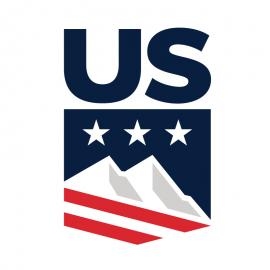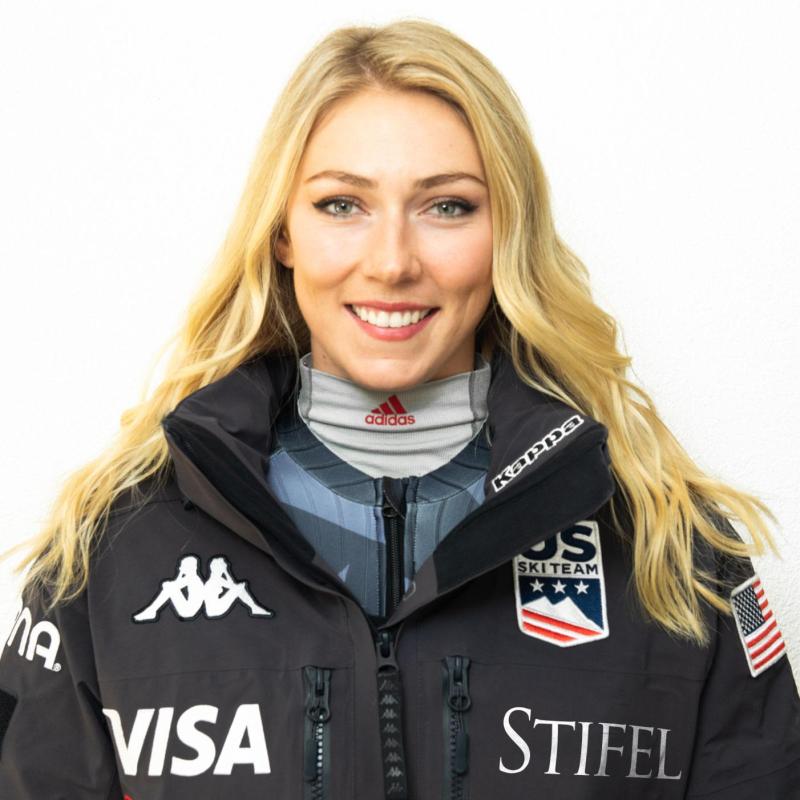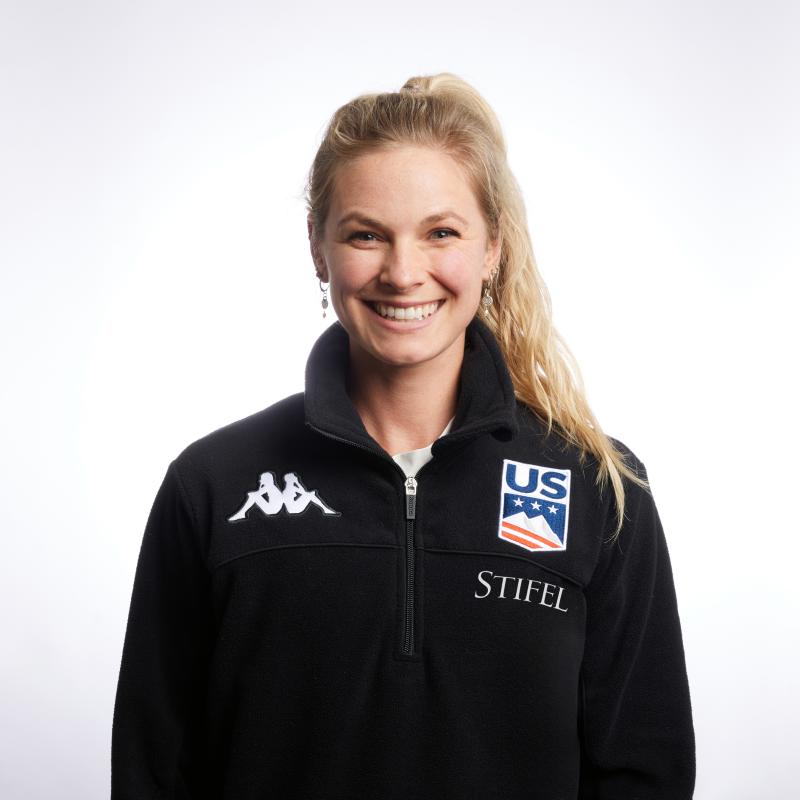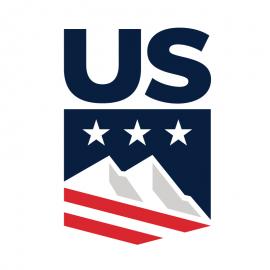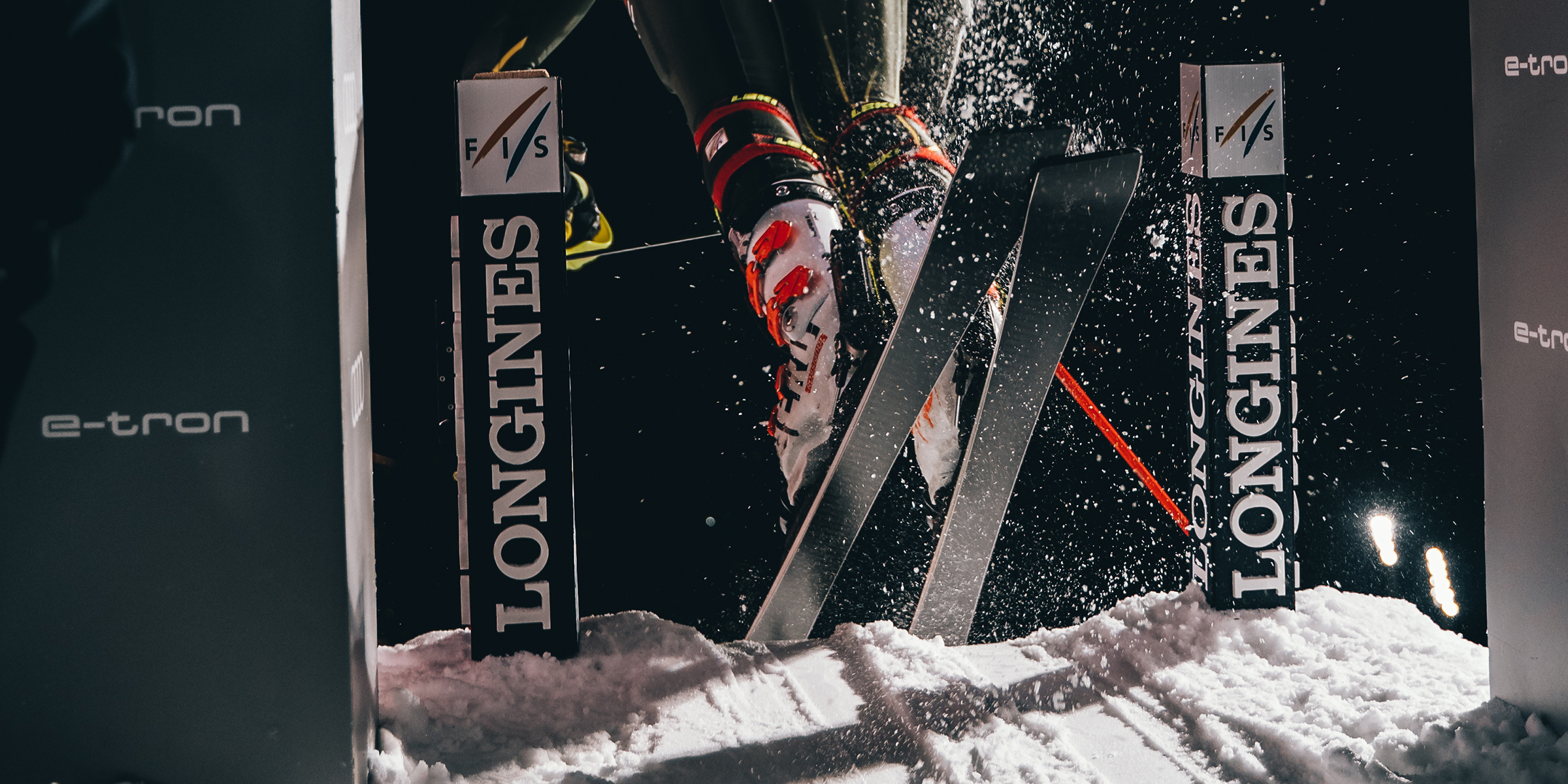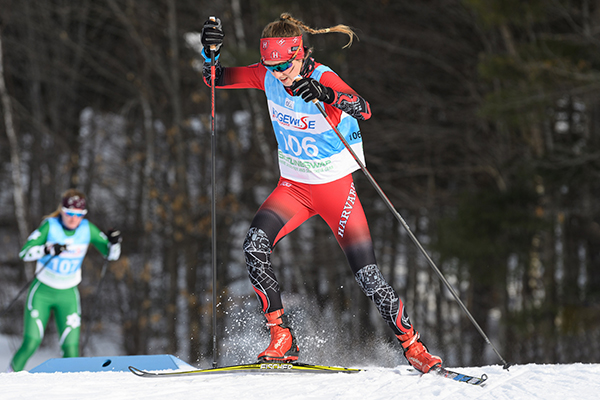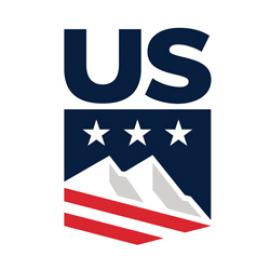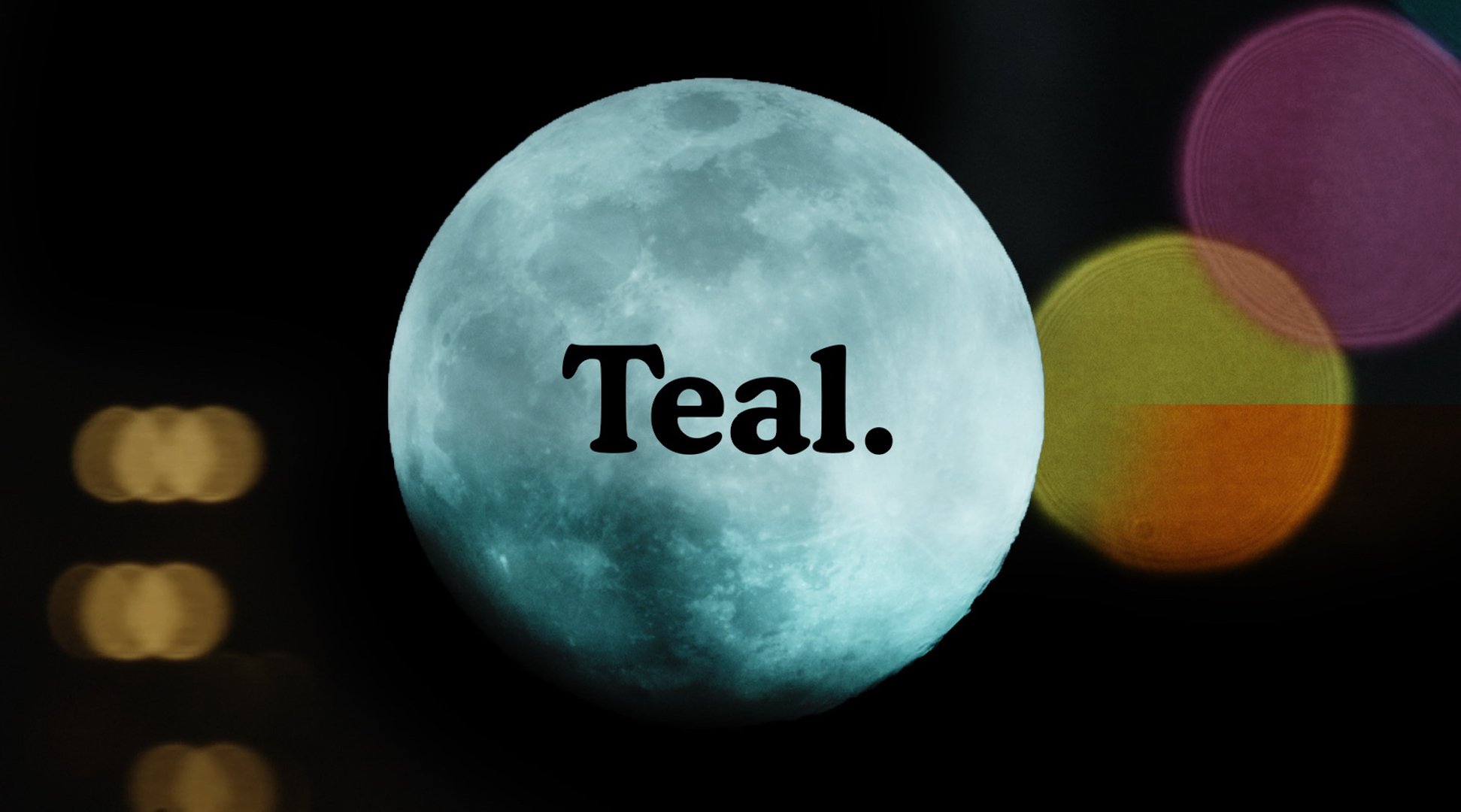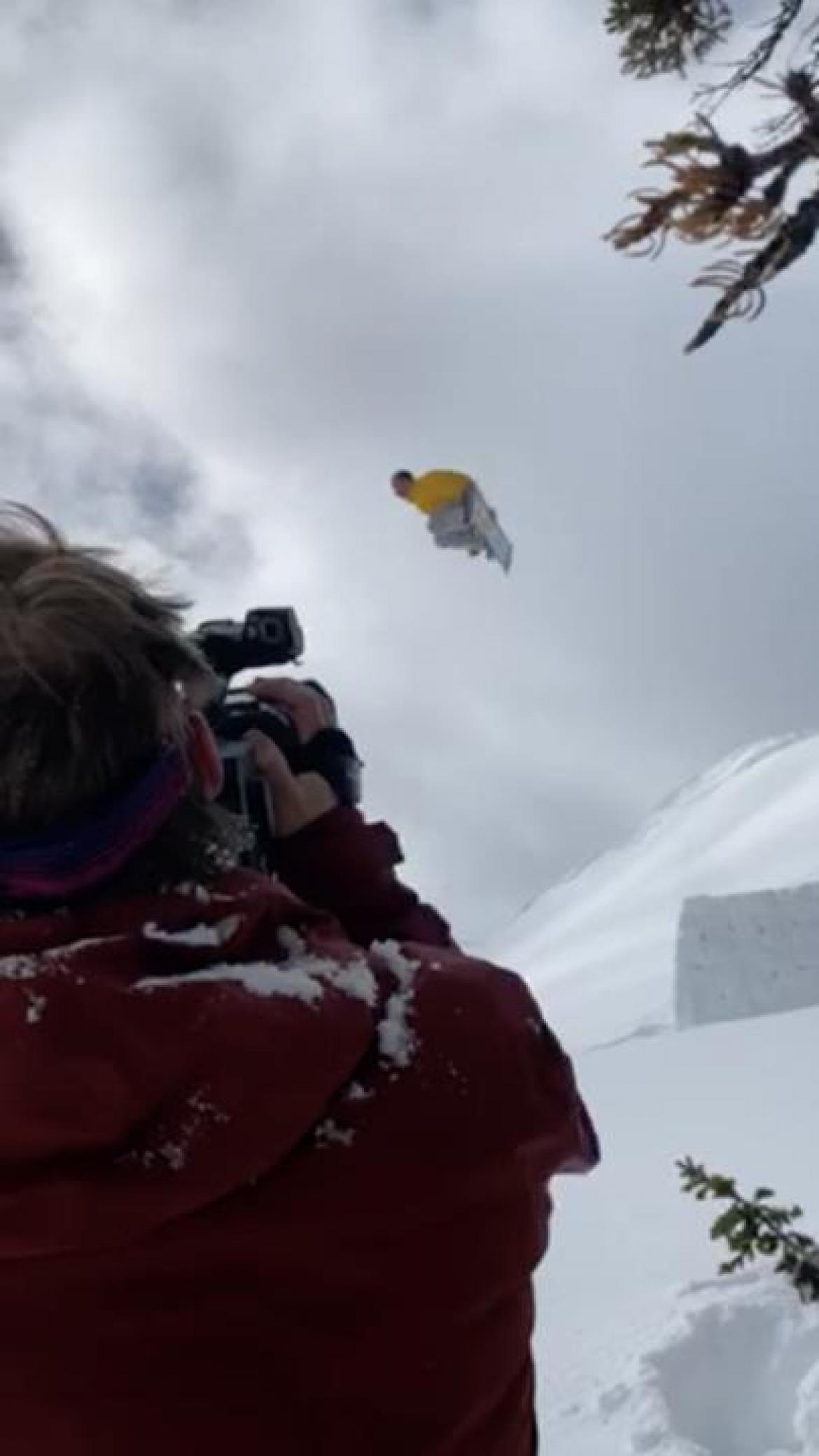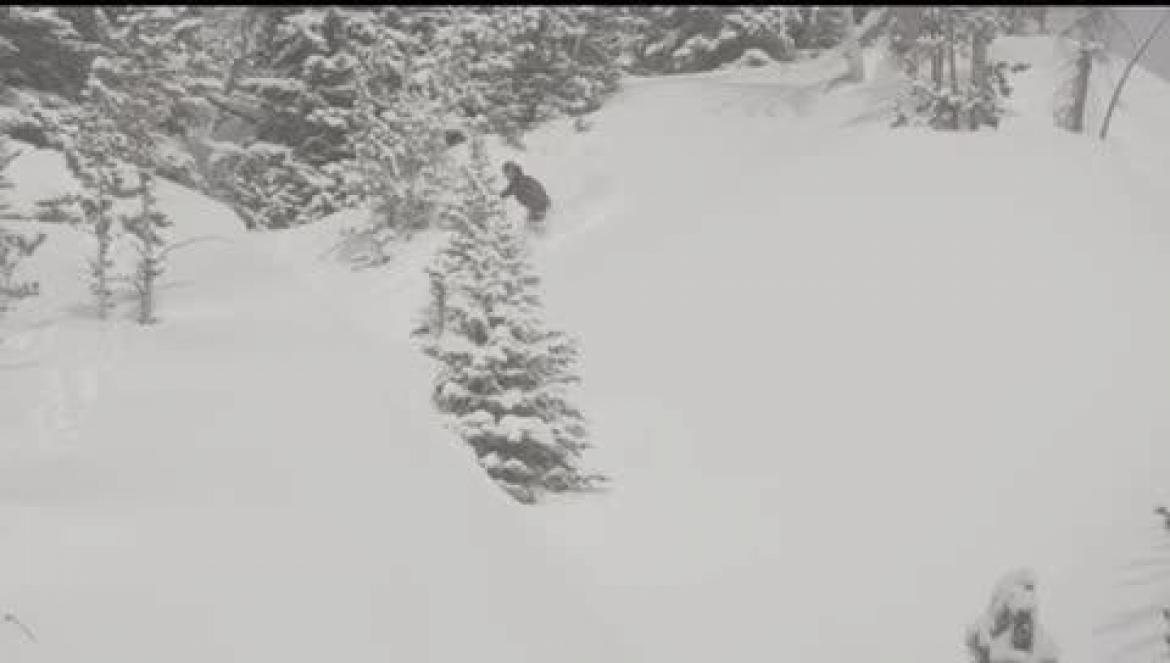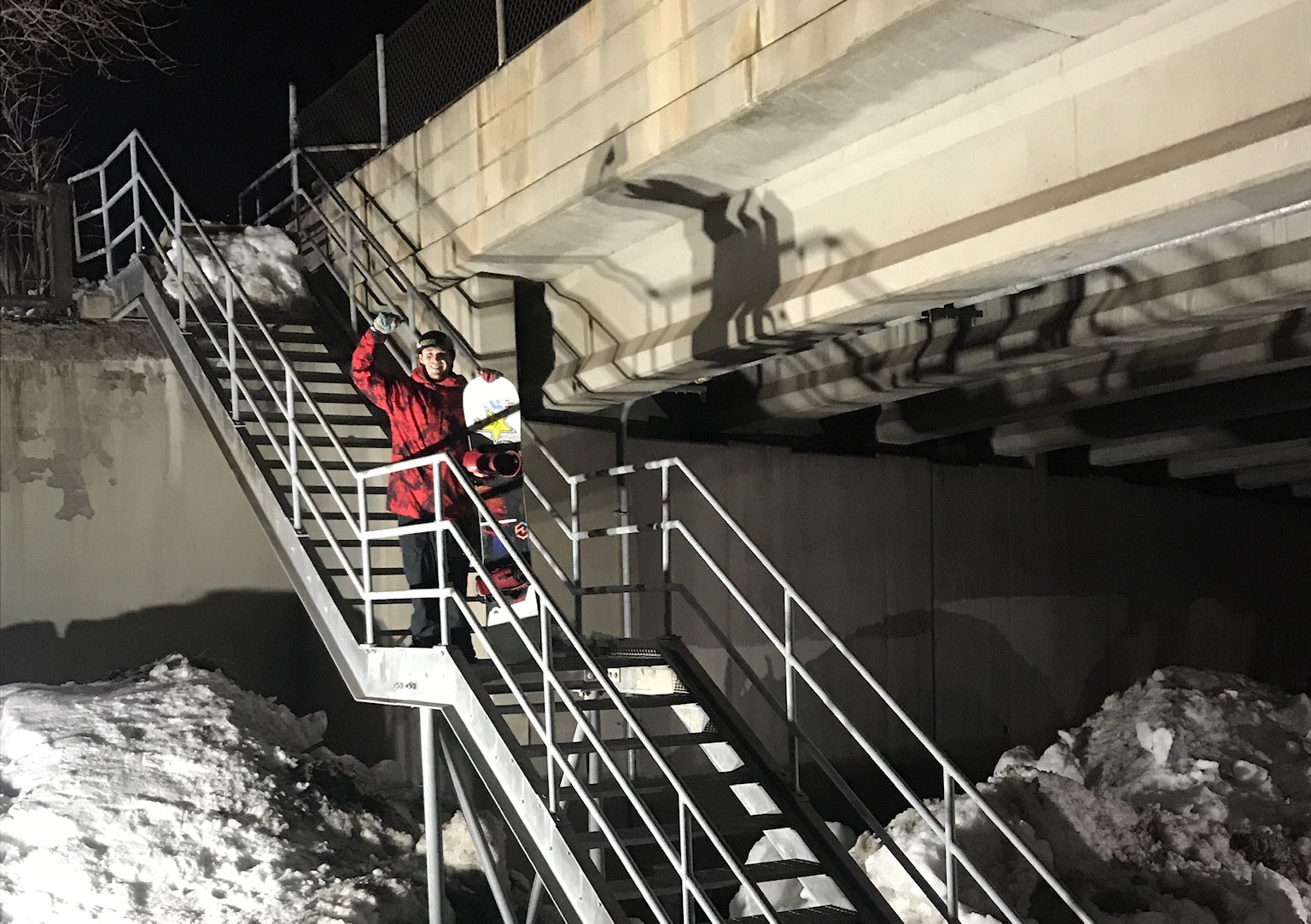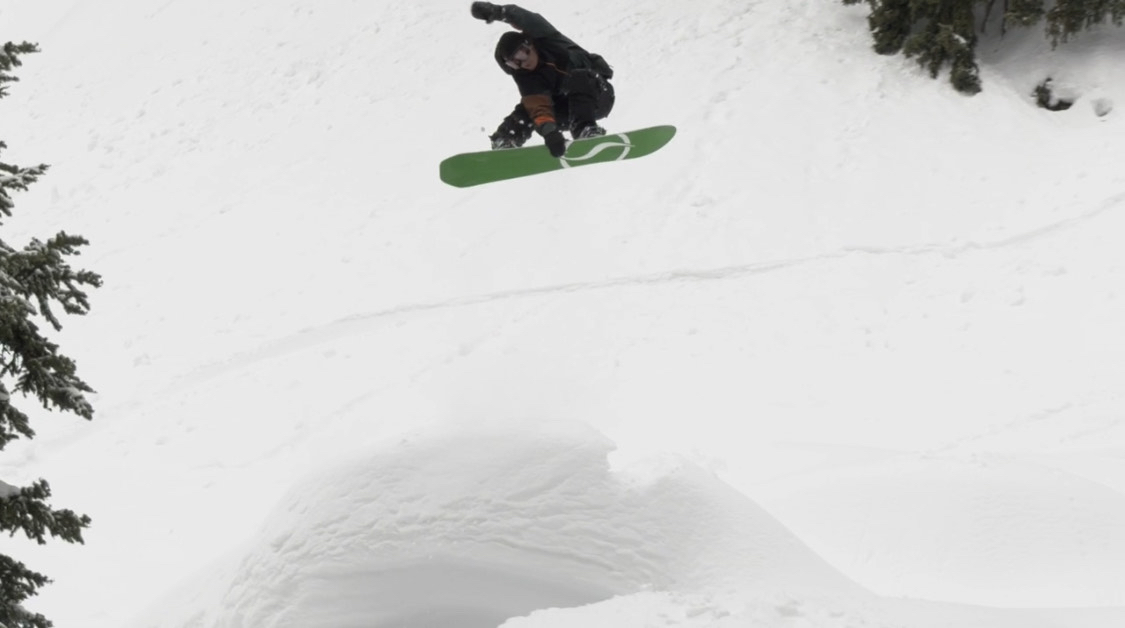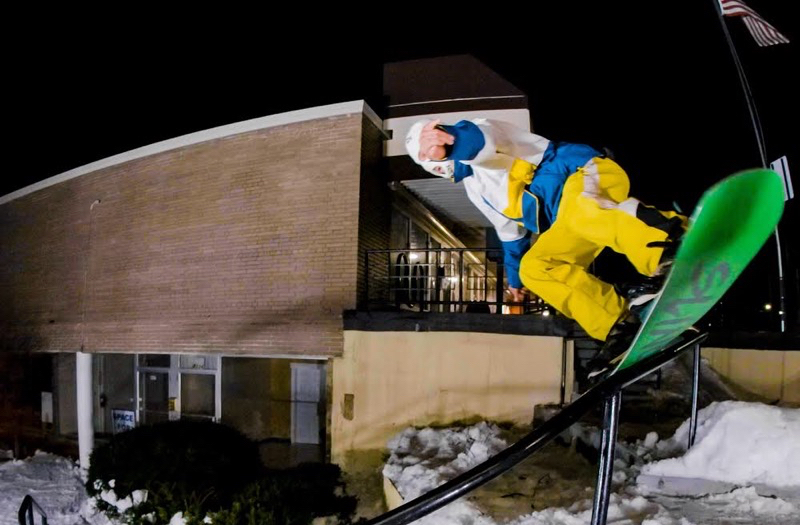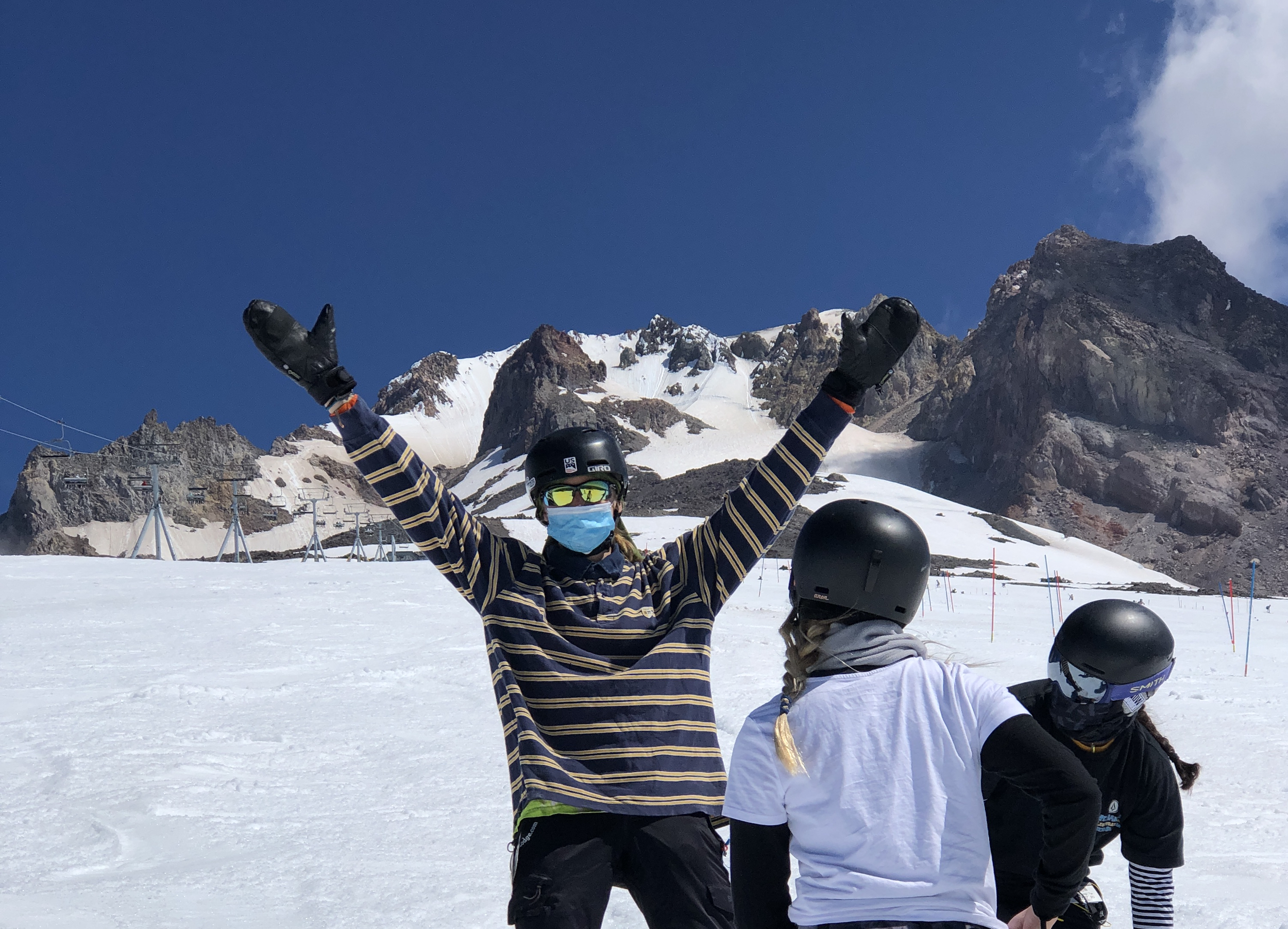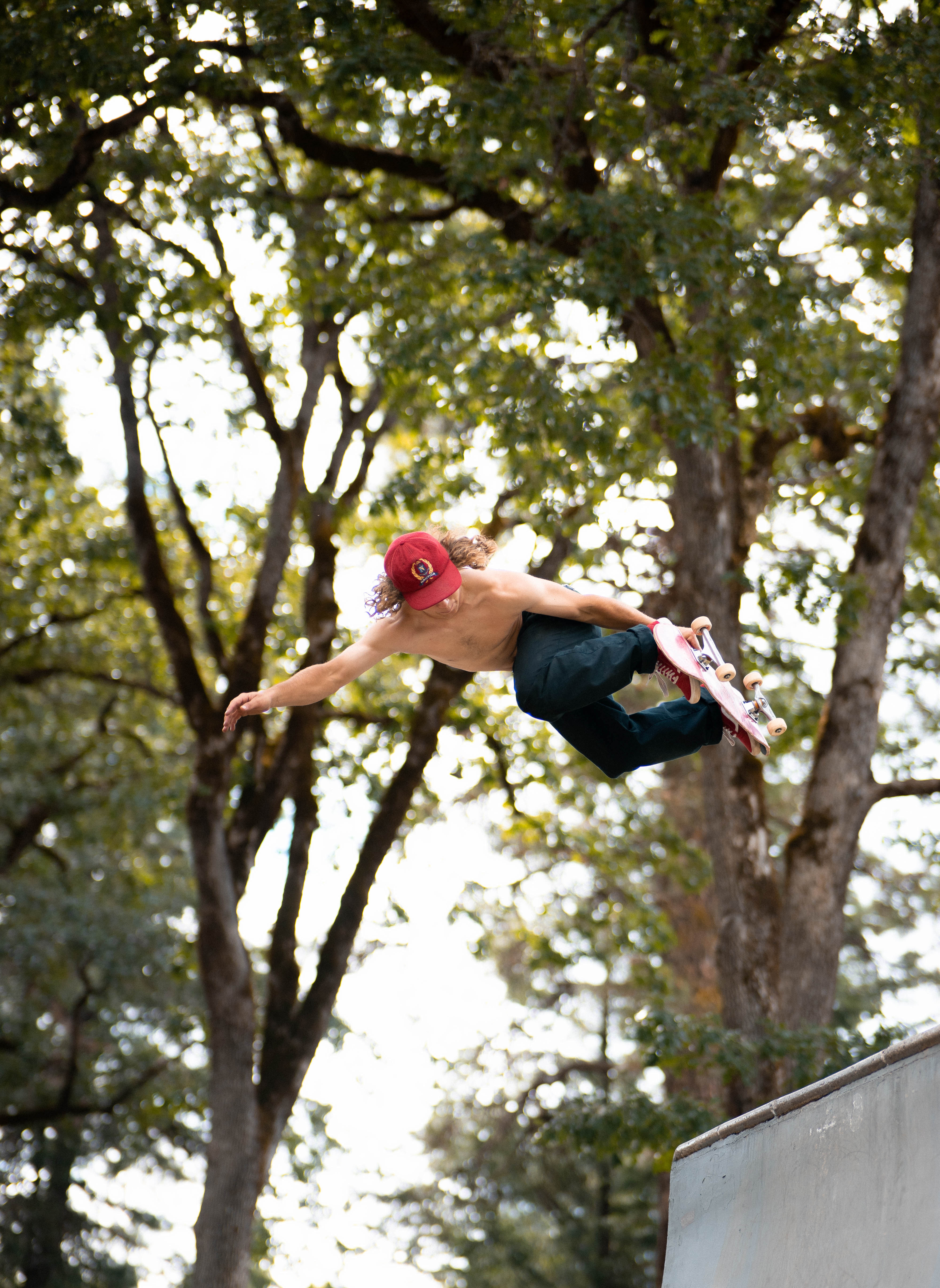Jeff Shiffrin Athlete Resiliency Fund Launches; Helps Fuel Athletes’ Olympic Dreams
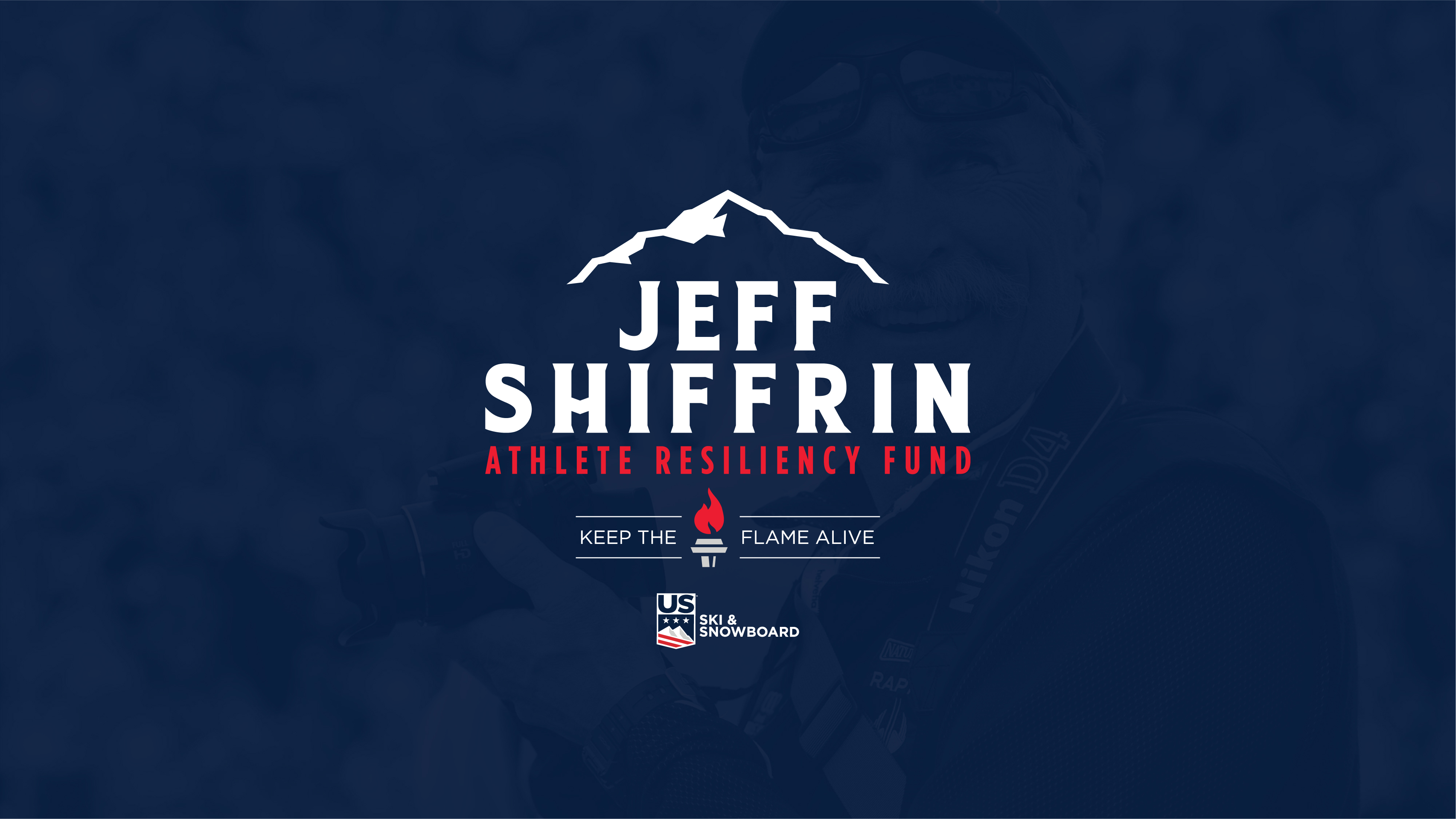
On February 2, 2020, two-time Olympic champion Mikaela Shiffrin’s world stopped turning when her dear father, Jeff Shiffrin, unexpectedly and tragically passed away. Shortly thereafter, the entire world came to a halt as COVID-19 swept the globe.
With challenges, come opportunities.
The name Mikaela Shiffrin has become a household name across America and around the world over the last several years. At just 25 years old, the skiing phenomenon is already a two-time Olympic Champion, five-time World Champion, and a 66-time World Cup victor. She was featured on the March 2020 cover of Sports Illustrated, which named her the world’s most dominant athlete. Anyone who has seen Mikaela ski knows they are watching history in the making, and it’s thrilling. The powerhouse that is Mikaela Shiffrin—the speed, the precision, the focus, the resiliency—reflects the values and discipline instilled in her by her parents from a very young age. In 2020, it is the gift of resiliency that has taken center stage.
Following a tragic accident at the family home, Dr. Jeffrey Scott Shiffrin—known to his family and friends as Jeff—passed away with his family by his side. Like so many fathers, Jeff was the foundation of the family and his absence is felt deeply by them every day. As Mikaela said, he was “our mountains, our ocean, our sunrise, our heart, our soul, our everything. He taught us so many valuable lessons...but above everything else, he taught us the golden rule: be nice, think first.”
He has also left a strong legacy behind in his two children, Mikaela and Taylor, and in the many lives he touched throughout his journey as a doctor, husband, father, friend, and mentor. Raised in Dover, New Jersey, Jeff often spent weekends with his family at Stratton or Sugarbush in southern Vermont. At age 13, he joined the race team at Great Gorge Ski Resort (now Mountain Creek). He later raced on the Dartmouth Ski Team and remained active in the sport all his life, oftentimes seen with his camera around his neck on the side of the mountain, or in the finish area.
In March, Mikaela returned to Europe with a plan to get back in the start gate. However, COVID-19 caused an abrupt end to the season for Mikaela and her U.S. Ski & Snowboard teammates. In response to the COVID-19 crisis and setbacks it has created for U.S. Ski & Snowboard athletes across all sports, a group of generous donors (six families) have stepped up and offered to match, dollar for dollar, every single contribution raised up to $1.5 million, creating the “Jeff Shiffrin Athlete Resiliency Fund.”
“To me, resiliency is the ability to experience something really difficult—hardship, pain, struggle—to experience that, and to get to the other side of it, holding on to some form of strength or purpose,” said Mikaela. “And it doesn’t mean you were the same person that you were before…but you keep that strength, you keep that toughness or that determination you had before. In a sense, it’s just holding on to the fire that you had, that kept you going…that kept you motivated and moving forward. So, really, resiliency is just not giving up.”
In creating the Jeff Shiffrin Athlete Resiliency Fund, the Shiffrin family, coupled with these generous donors, wanted to honor both Jeff’s legacy, as well as contribute to the ongoing pursuit of excellence for all athletes across all sports. Better days are still ahead, and the thrill and challenge of athletes’ Olympic dreams are worth fighting for.
In honor of Jeff’s life and legacy, U.S. Ski & Snowboard is proud to announce the launch of the Jeff Shiffrin Athlete Resiliency Fund campaign. The Shiffrin family believes that great goals can be achieved through hard work, discipline, and resiliency.
The goal of the Jeff Shiffrin Athlete Resiliency Fund is to keep athletes’ skis and boards on the snow, despite potential storms ahead. Funds raised will assist in U.S. Ski & Snowboard’s ability to support all athletes and teams during these uncertain times. The Jeff Shiffrin Athlete Resiliency Fund will sustain coaching, training camps, and competition expenses now, and hopefully, help bridge the gap through the end of the 2022 fiscal year.
“We thank Mikaela, her mother Eileen, and brother Taylor, for their generous and incredible time and energy in working with our Foundation in honoring Jeff’s legacy,” stressed Tiger Shaw, President and CEO of U.S. Ski & Snowboard. “We are deeply grateful to the six families that have committed more than $1.5 million to launch the Jeff Shiffrin Athlete Resiliency Fund: Phill & Liz Gross, Paul & Wendy Raether, Eric & Sara Resnick, Andy & Linda McLane, Steven & Mary Ann Read, and Steve & Diana Strandberg.”
“Donor contributions will support athletes across the U.S. alpine, freestyle, freeski, snowboard, and cross country teams as we continue our journey to the 2022 Beijing Olympic Winter Games and address ongoing challenges related to the COVID-19 pandemic. The Jeff Shiffrin Athlete Resiliency Fund will allow us to be nimble in being prepared for unexpected expenses in the run up to and during the Olympic Games. ”
Mikaela rallied a crew of alumni athletes and current athletes who embody the definition of “resiliency,” including Olympic champions Jonny Mosely, Kikkan Randall, Jessie Diggins as well as three-time World Champion Jeremy Bloom and three-time World Cup winner and Land Rover U.S. Alpine Ski Team downhiller Steven Nyman, to share their unique stories of resilience. The 185 alpine, cross country, freestyle, freeski and snowboard athletes will be encouraged to share their stories of resilience, and those who have inspired them, in U.S. Ski & Snowboard’s social media challenge to #KeepTheFlameAlive.
Prior to this public launch, U.S. Ski & Snowboard raised more than $800,000 in contributions towards the $1.5 million match goal. For more information about the Jeff Shiffrin Athlete Resiliency Fund and to donate, visit keeptheflamealive.org.
